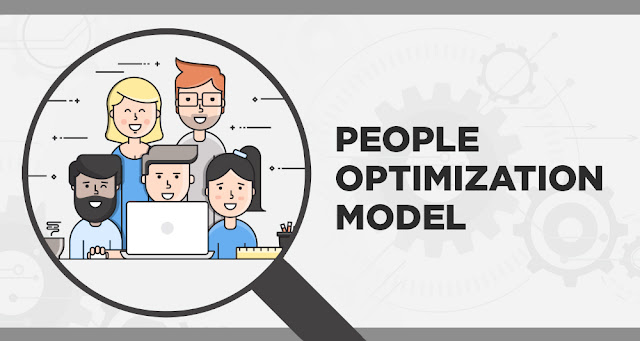
Continuous People Development As the name implies, continuous people development is about embarking on a journey of never-ending personal and professional improvement. The approach I’m sharing today is a perpetual cycle of four key phases: seeking feedback, planning development, increasing knowledge and skills, and implementation for improved results. This is a cycle that revolves around the individual's and organization's core values and is most effective when it follows the fundamental practice of being employee-driven, leader-guided. Phase 1: Seeking Feedback Seeking feedback is the most productive way to gain insights that will reduce the inevitable blind spots we all have. (See the Johari window model by Joseph Luft and Harrington Ingham .) The broadest and richest source of feedback comes from a combination of personal introspection and input from the individual’s external stakeholders. I suggest starting with a personal SWOT (Strengths, Weaknesses, Opport...
